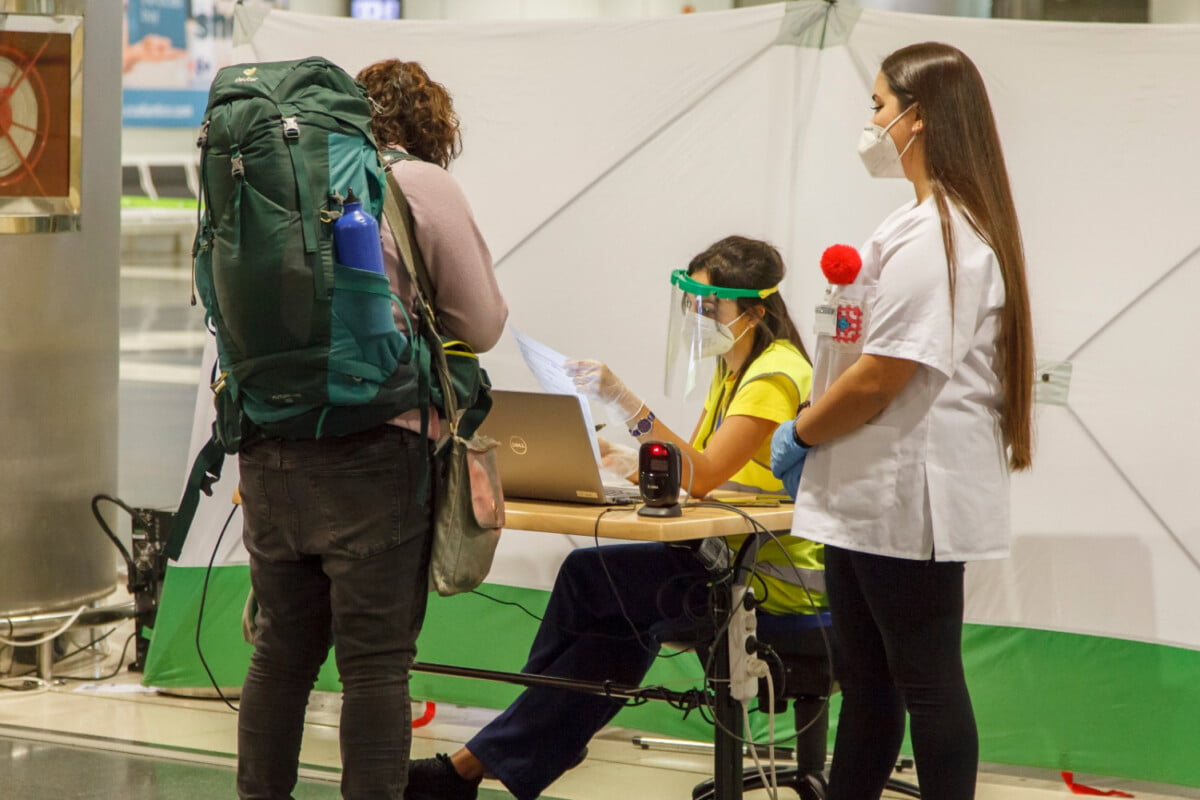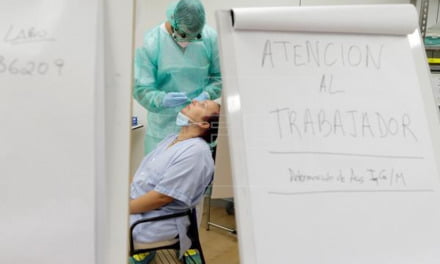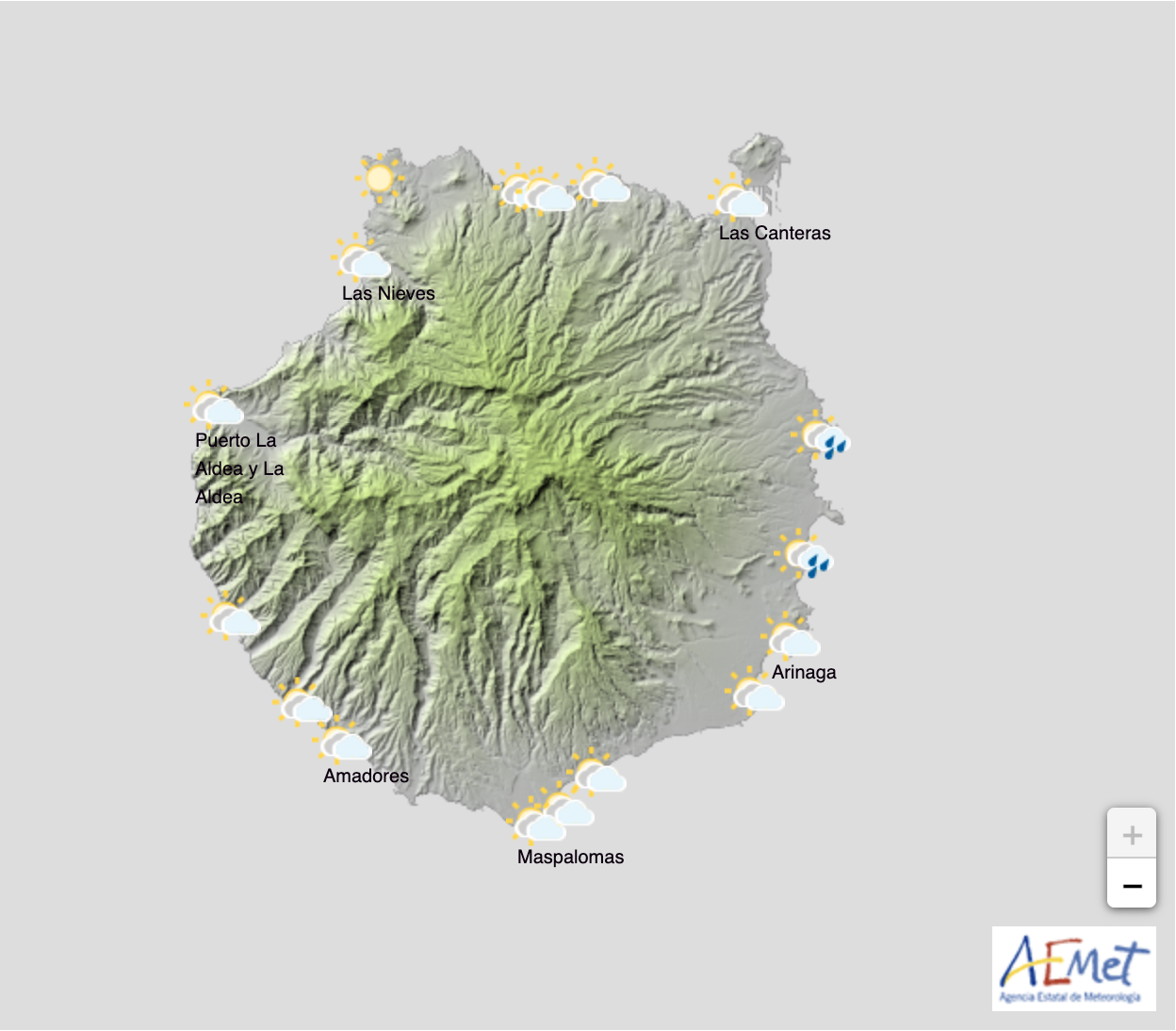For Gran Canaria all eyes will be on the weekly Governing Council meeting on Thursday morning, focused towards the prize of a hoped return to medium risk, and Alert Level 2 restrictions. We will find out tomorrow afternoon if changes are to be announced in the next BOC, regional state gazette.
For the latest Canary Islands data on Covid-19, updated daily, check our Canary Islands dashboard
While there are those who argue we should perhaps continue with the current restrictions until the numbers are driven down still further, in an effort to regain our safe-tourism credentials as early as possible, it would certainly be a welcome sign for most if these current restrictions were able to be relaxed just slightly, following two months at Alert Level 3 for the two capital islands, Gran Canaria and Tenerife. To get there each island will need to show that at least two of the primary health indicators (accumulated incidences, numbers testing positive and effective traceability) are maintaining medium risk data, along with their healthcare capacity (hospital occupancy and ICU occupancy) being deemed in sufficiently good shape to be able to cope.
The latest report published by the regional Health Ministry, for the archipelago, shows that this Tuesday Gran Canaria added just 38 new cases of COVID-19, thereby meeting almost all of the established parameters, with the exception of the numbers in ICU, which still remains in a high risk situation, due to currently having 17.78% occupancy. However, only 2.67% of hospital beds are being used for patients affected by the coronavirus, which opens a real window to optimism about the pressure on health centres on the island: with fewer infections and fewer and fewer people hospitalised it is likely that the ICU percentages will continue to decrease over the coming days.
Tenerife too is showing signs of hope, although our neighbouring island is still struggling to bring their infection rates under control.
Gran Canaria has already stabilised, in terms of Accumulated Incidence, presenting an 14-day AI of 95.15 cases per 100,000 inhabitants, and for those over 65 years of age, in that same period of time, 61.35/100k . The 7-day AI is moving quickly in the right direction, with 38.34 cases per 100,000 inhabitants and, in people over 65 years of age, this indicator is already at low risk, with 19.04 per 100,000 inhabitants. The percentage of people returning a positive diagnostic test stands at 3.45% and traceability at 78.96%.
If these trends continue, it will not be long before we can really say we have brought this last wave under control. For now healthcare professionals are showing cautious relief, reminding the population that though we cannot yet let down our guard, we can certainly breathe a sigh of relief in the knowledge that collectively we have halted the advance of the virus on Gran Canaria.
We are all fatigued, but mostly we are all healthy, and as frustrating as the restrictions are, they have clearly worked in our favour. With luck we will be able to consolidate these gains and sustain our trajectory as the summer starts to warm up, and tourists start to fly again. All eyes will soon be on June. More news, as it is announced, tomorrow following the Governing Council’s morning meeting.














